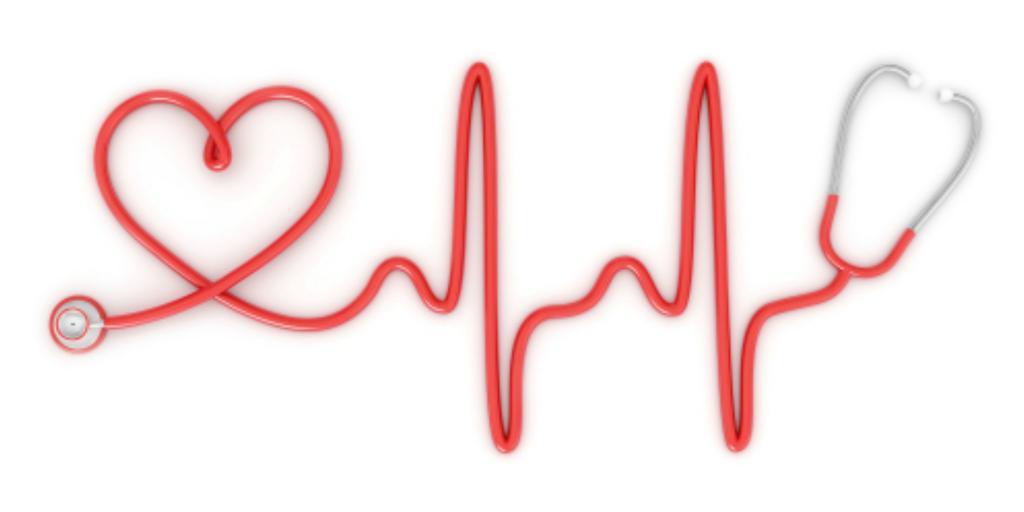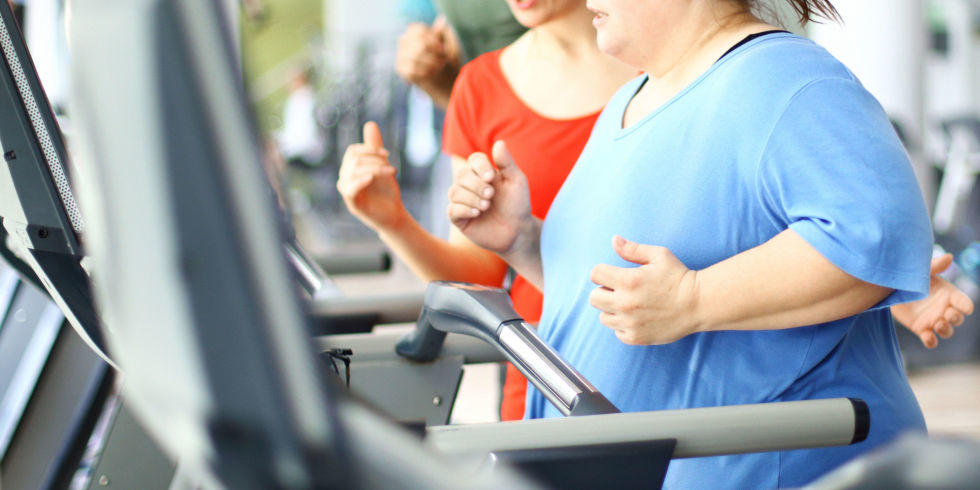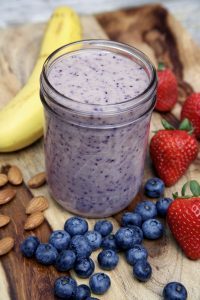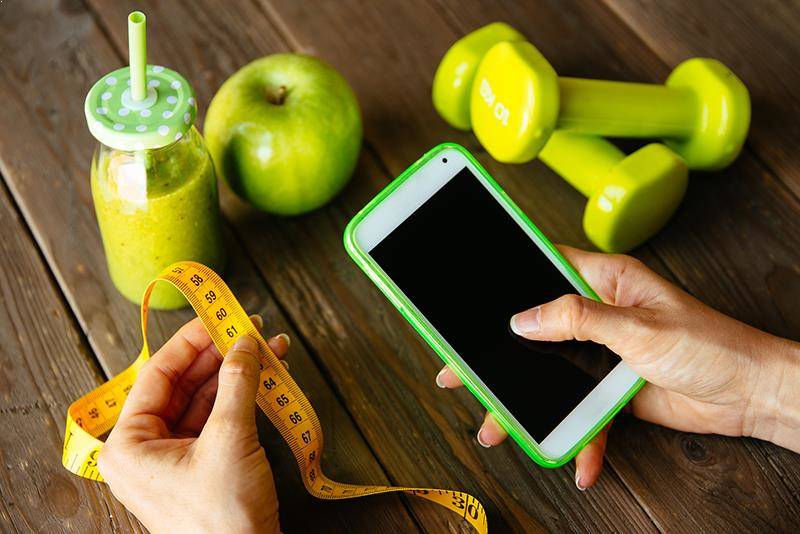Gallstones are something that people all over the world experience everyday. Although many people with gallstones never know it, they can cause significant health problems over time if left untreated.
Gallstones are a result of bile, which is the substance that assists with fat digestion and helps with the absorption of some vitamins. The liver makes the bile, and then it is carried to the gallbladder where it is stored. Gallstones are solid lumps that occur when the stored bile becomes crystallized.
When someone finds out that they have gallstones, it can be very scary. They have a well-deserved reputation for being painful to deal with, and most people chose to get them taken care of as soon as possible. Here are a few considerations to read up on if it feels like there may be a gallstone in the picture.
Most Gallstones are Tiny
It’s important to remember that the vast majority of gallstones are much too small to cause any problems. Many people have gallstones and never know it because of their tiny size. These gallstones are known as “silent” because they don’t usually cause any issues.
A trip to the doctor for unrelated symptoms will often result in the discovery of a gallstone. Doctors can recommend that best treatment for a gallstone, and their recommendation is usually based on the size of the gallstone in question.
Main Symptoms
Smaller gallstones may cause no symptoms at all. But if the gallstone grows and becomes lodged in a duct within the body, then it may cause blockage to occur, and the person experiencing the gallstone well definitely feel it.
Pain is the most common symptom that alerts individuals that they may be inflicted with a gallstone. The pain is usually sudden and intensifies quickly. The upper right part of the abdomen is where the pain usually comes from, but it can result in a number of places on the body. Pain at the center of the abdomen, between shoulder blades, or on the right shoulder can all be symptoms caused by gallstone blockage.
Methods of Treatment
Most doctors only believe a gallstone should be treated if it is causing adverse symptoms in the patient. If someone who repeatedly experiences pain associated with a gallstone goes to the doctor, then the recommended treatment is most often removal, which is called a cholecystectomy. There are a few options here that can be pursued.
Unfortunately, all of the options require surgical procedures of some kind, but some of the options require surgery that is much more invasive than other options. Historically, the surgery usually requires a five-inch incision in the patient, and that came along with a week’s stay in the hospital. Now the operation can be completed with a procedure called a laparoscopic cholecystectomy. This is a surgery where the doctor removes the gallbladder with instruments inserted through small incisions in the patient’s skin.
Anyone who is experiencing the painful symptoms associated with having a gallstone should seek expert medical advice immediately. Although a trip to the doctor for a gallstone can be scary, the other options are much worse, and modern medical procedures have come a long way.










 in the right direction. Diet, movement and mental outlook all play a role in contributing to your weight loss success. Weight loss can be more complicated when a person has considerable weight to lose. Even if you are considering weight loss surgery or the gastric sleeve, these habits will help you keep the weight off over time.
in the right direction. Diet, movement and mental outlook all play a role in contributing to your weight loss success. Weight loss can be more complicated when a person has considerable weight to lose. Even if you are considering weight loss surgery or the gastric sleeve, these habits will help you keep the weight off over time. Find a good support system:
Find a good support system:
 Struggling to lose weight? Eating vegetables are a great way to help you achieve your weight loss goals. For some, getting your daily dose of greens can be a challenge. Other people don’t like the taste of vegetables making it hard to get the nutrients your body needs to lose weight.
Struggling to lose weight? Eating vegetables are a great way to help you achieve your weight loss goals. For some, getting your daily dose of greens can be a challenge. Other people don’t like the taste of vegetables making it hard to get the nutrients your body needs to lose weight.